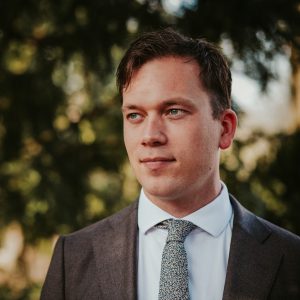Funding of community nursing services (Ministry of Health, Welfare and Sports)
The Dutch Ministry of Health, Welfare and Sports asked Gupta Strategists to investigate a new funding model which would reward healthcare providers based on delivering more effective care.
Community nursing services are traditionally funded based on the number of hours worked and the type of activity (nursing or general care). There is widespread dissatisfaction with this funding method, because focusing on hours gives healthcare providers too few incentives to offer added value to their customers.
Further research
We started by conducting a quantitative study on the relationship between objective, measureable patient characteristics and the number of hours of care provided. This research, based on healthcare provided to 40,000 people, showed that the relationship was weak. In other words, patients’ characteristics are a poor predictor of the actual care received. This was disappointing, because everyone involved was looking for a more objective funding method. Extensive follow-up research is required to evaluate whether such a model is actually feasible.
Long-term research
Gupta therefore quantified an alternative model in which healthcare providers are no longer paid per hour, but per ‘product’ (easy, medium or difficult), which is still based on the number of hours. This partially eliminates the volume incentive, and is also fairly easy to implement. For now, the government and sector have decided to keep using the existing funding model – namely, paying by the hour. In the meantime, they are also running a long-term study on the possibilities of funding based on objective, measurable patient characteristics.
